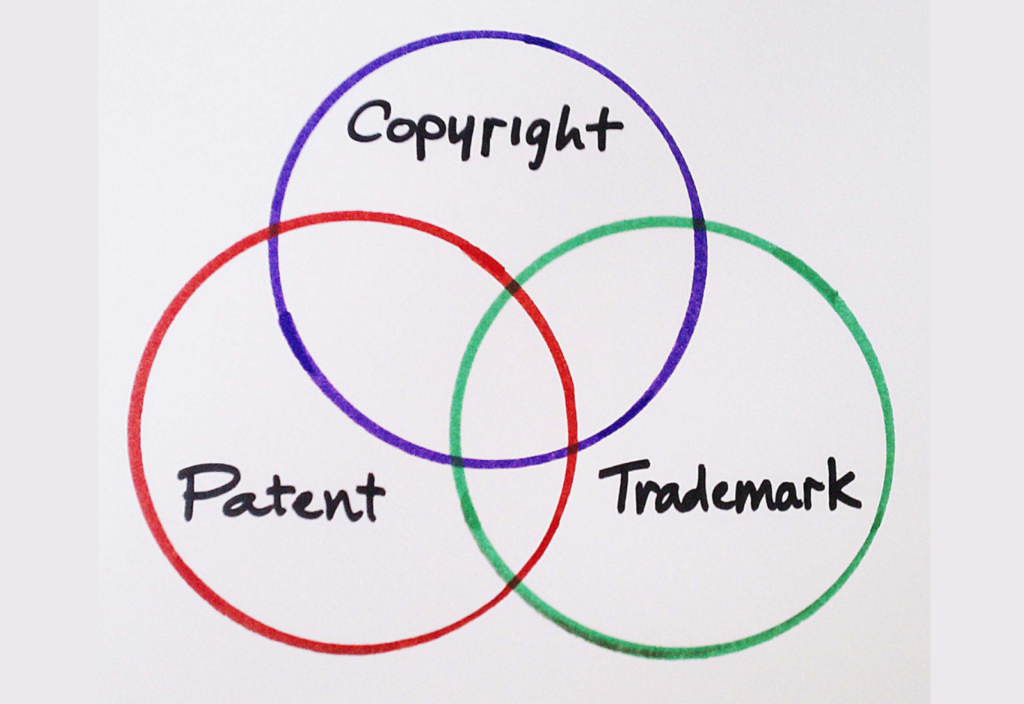As we regularly point out in these pages, registering your trademark “is as close to a no-brainer as there is in China IP.” We say trademark, because in most cases securing a China trademark is key to protecting your IP in China, but copyrights and patents can and in many cases should be a part of your China IP mix as well.
Though a registered trademark has inherent value as a deterrent against counterfeiting and other bad-faith actions, it is best to conceive of the registration as a tool to be actively used. Here are some tips on what to do once you have registered your China trademark.
1. Monitor the marketplace
Chinese authorities will do little, if anything, to enforce your trademark rights. This means it will be up to you to identify counterfeiting activity and provide the necessary intel to the Chinese courts and/or Chinese IP authorities.
2. Build relationships and help out
In counterfeiting hotspots (which is most China manufacturing centers), law enforcement will have plenty of raid targets. As a result, you (or someone acting on your behalf) should engage in ongoing advocacy and relationship building with local officials to ensure that your priorities remain on the authorities’ radar. Brands should endeavor to be good partners to Chinese law enforcement, participating in training workshops about their IP and similar activities. This means that your company executives or representatives should make time for courtesy visits with law enforcement, presenting tokens of appreciation such as banners or plaques.
Along the same lines, brands may need to facilitate certain logistics when raids take place. The Chinese authorities might agree to raid a particular warehouse, but they also may ask you to cough up the cash for a truck to transport the seized goods to a detention facility.
Increasingly, the main counterfeiting battlegrounds are online. In this context, cooperation with e-commerce platforms such as Taobao is critical. Again, participate in their events and let them know you appreciate what they are doing. Some brands feel that platforms could do more to stamp out counterfeiting activity, and these feelings are mostly warranted. But there is nothing to be gained by taking a hostile stance against Taobao and their fellow platforms. For the nuts and bolts on what to do with a Chinese e-commerce site that is listing counterfeits of your products, check out How To Take Down Counterfeits From Alibaba and Other Chinese E-Commerce Sites. If your company does not have great relations with an Chinese online marketplace from which you want counterfeits removed, it will behoove you to retain someone to handle that takedown who does.
3. Sue the bastards
If you have registered your China trademark, it is straightforward to arrange for administrative enforcement against counterfeiters. However, the Chinese courts provide another enforcement option, and one that can result in damage awards. Sure, damages awarded by Chinese courts are usually paltry by American and even European standards. But a well structured civil action program often can fund itself, while keeping the pressure on counterfeiters and serving as a deterrent to others.
China’s courts also provide a more suitable avenue for dealing with certain types of infringement. For instance, a court may be willing to look at the totality of the circumstances when a brand is dealing with a pesky serial trademark squatter, and help put an end to cat-and-mouse procedural games.
It has also in many instances become relatively easy and inexpensive to sue Chinese companies in the United States and in the EU and seize whatever funds they have in their US/EU bank accounts and to get them banned from U.S. and EU online marketplaces, such as Amazon. For this it usually helps to have a US/EU trademark before commencing the lawsuit.
4. Stop exports
Another thing you can do with your China trademark registration is to get China Customs to detain exports of counterfeits through a process known as recordation. It is on account of this ability that registering your trademark makes sense for just about any product manufactured in China, regardless of whether it will be sold in China or not. See Reduce Your Counterfeit Risks by Recording Your Trademark With China Customs.
To make the most of your China customs recordation, you should also avail yourself of opportunities to build relationships and provide training to as many customs offices as possible, particularly those located at key ports, both within China and within the countries in which you sell your products.
5. Play defense
Just because you register your trademark in China does not mean competitors will not try to register similar marks. You should establish trademark watches, and take action when infringing marks are discovered.
Though it is possible for a brand to oppose the registration of a trademark in China without it having a registration itself, brands with a registered Chinese trademark are infinitely better placed to do so and they should take advantage of this.
6. Trade shows
Counterfeiters understand the importance of trade shows when it comes to securing overseas deals. Though most of them know better than to openly display their fake wares at these shows, they often will have samples at hand in case a buyer (or an investigator pretending to be one) inquires about such products.
Many trade shows have their own internal teams to deal with IP infringements, allowing brands to take action on the spot. In most cases, these teams will want to see that you actually have a China IP registration before they take action.
Remember, China trademark registrations are tools to be used, not just certificates to hang on a wall!

























